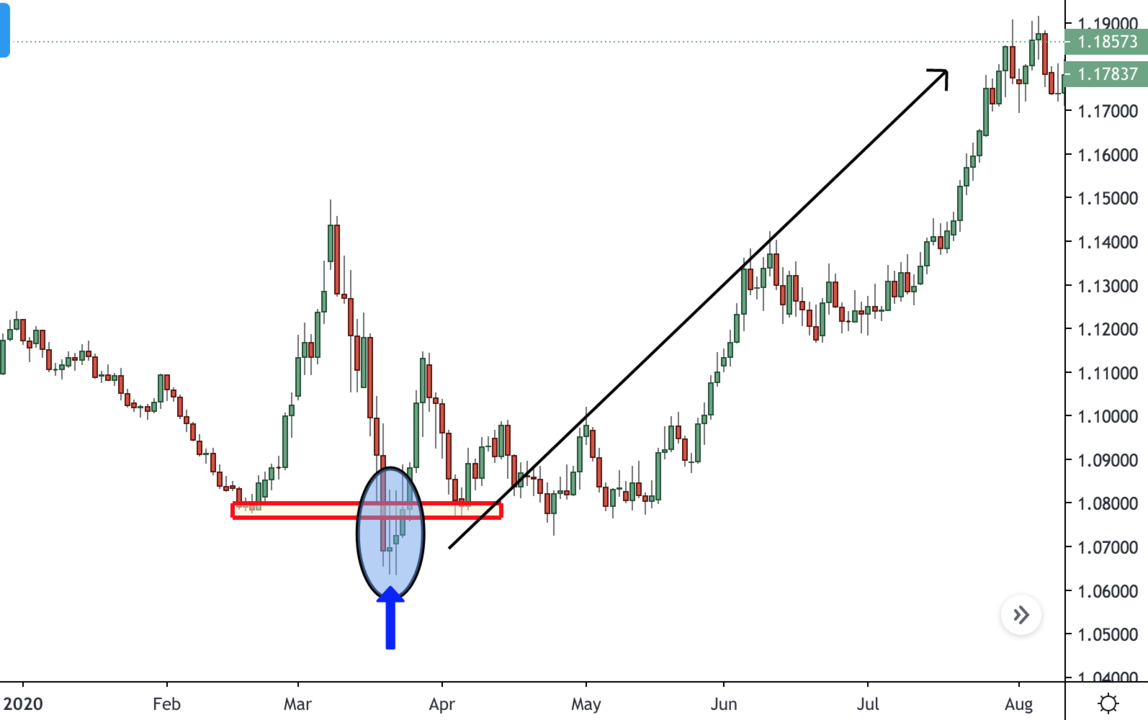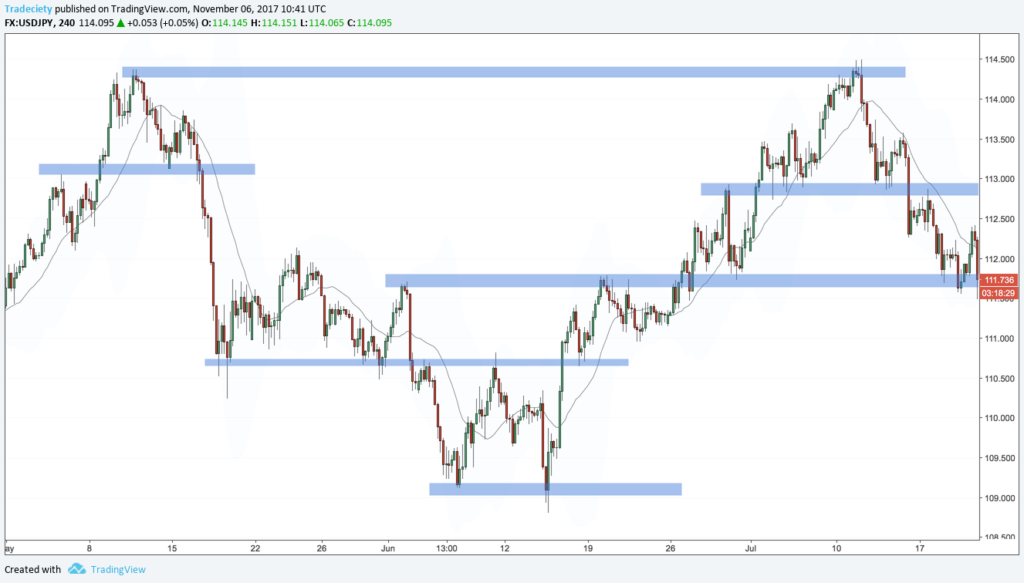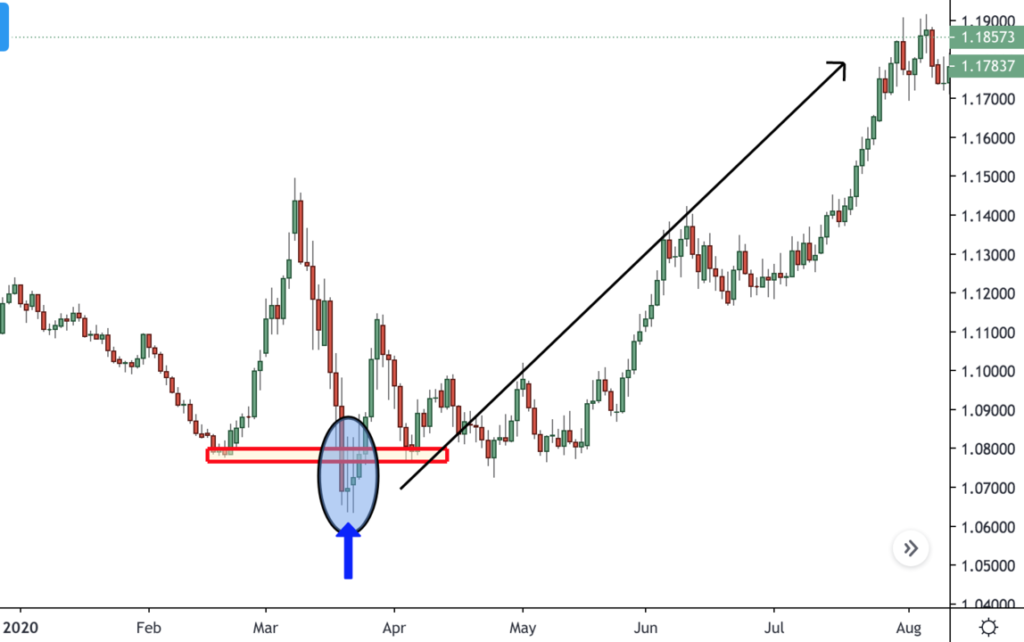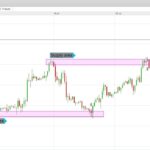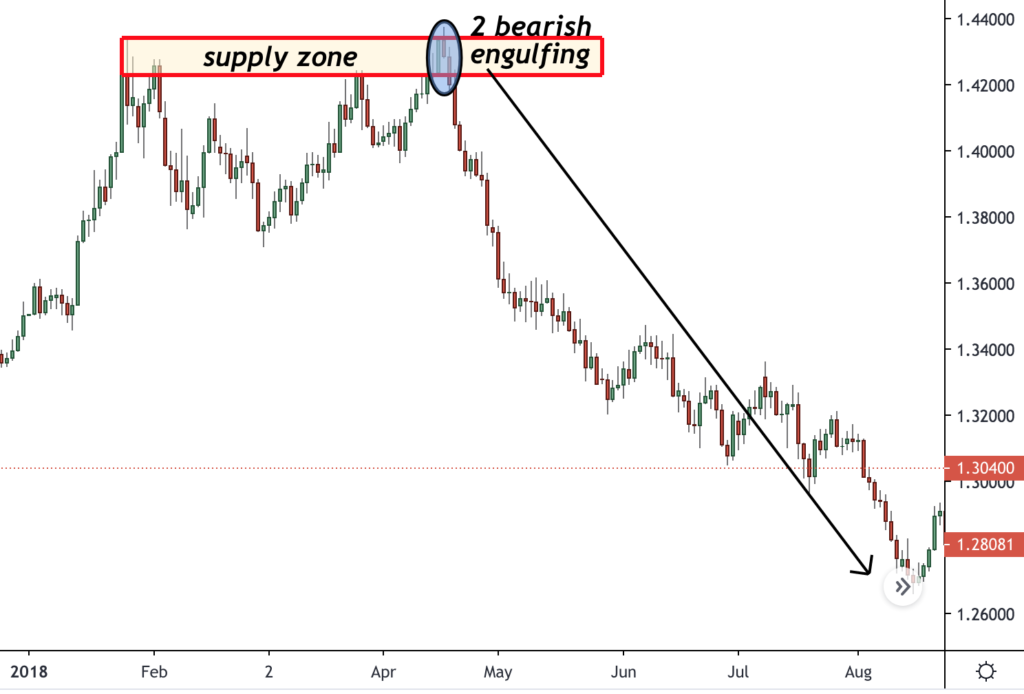-
Dec, Sat, 2023
An Introduction to Price Action Trading Strategies
An Introduction to Price Action Trading Strategies
Price action refers to the movement and behavior of security prices as depicted on a price chart. It is a fundamental concept in trading and technical analysis, focusing on analyzing and making trading decisions based solely on the price movements rather than relying on indicators or other external factors.
Key elements of price action analysis include:
Candlestick Analysis: Price action traders primarily use candlestick charts, which display the open, high, low, and close prices for a specific period (e.g., minute, hour, day, etc.). By analyzing individual candlesticks and patterns formed by them (like doji, hammer, engulfing patterns, etc.), traders gain insights into market sentiment and potential future price movements.
Support and Resistance: Price action traders identify key support and resistance levels on the chart. Support represents a price level where buying interest is strong enough to prevent the price from declining further, while resistance is a level where selling interest can halt upward movement. These levels help traders make decisions about entry, exit, and stop-loss orders.
Trend Analysis: Analyzing trends is crucial in price action trading. Traders look for patterns of higher highs and higher lows in an uptrend or lower highs and lower lows in a downtrend. Trendlines are drawn to visualize these patterns and help traders identify potential entry or exit points.
Patterns and Formations: Price action traders study various chart patterns like head and shoulders, triangles, flags, and others. These patterns often precede significant price movements, providing traders with potential trade setups.
Volume Analysis: Volume is considered by price action traders to confirm the validity of price movements. An increase in volume during a price breakout can strengthen the signal, indicating a potentially more reliable move.
Contextual Analysis: Price action traders consider broader market context, including news, events, and economic factors, to complement their price analysis. External factors can influence price movements and provide additional confirmation for potential trade decisions.
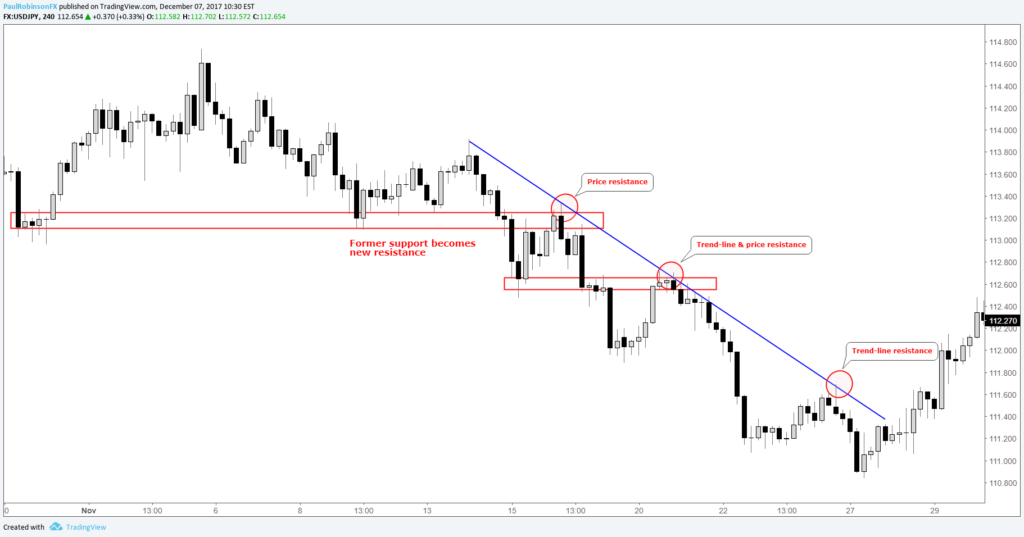
Price action trading works on the premise that historical price movements repeat themselves and provide clues about future price direction. By understanding these price patterns and formations, traders attempt to forecast the probable direction of the market and make informed trading decisions.
Successful price action trading requires practice, experience, and the development of a trader’s intuition to read and interpret price movements effectively. It involves continuous learning, adapting strategies to different market conditions, and managing risk effectively to maximize the chances of successful trades.
Since price action trading relates to recent historical data and past price movements, all technical indicators, such as charts, trend lines, price bands, high and low swings, technical levels (of support, resistance and consolidation), and so on are taken into account as per the trader’s choice and strategy fit.
The tools and patterns observed by the trader can be simple price bars, price bands, break-outs, and trend lines, or they may be complex combinations involving candlesticks, volatility, and channels.
The price action trader’s psychological and behavioral interpretations, and their subsequent actions, also make up an important aspect of price action trades.
For example, suppose a trader has personally set a level of 600 for a stock. If a stock that has been hovering near 580 crosses the set level of 600, then the trader assumes a further upward move and takes a long position.
Other traders may have an opposite view—once the stock hits 600, they assume a price reversal and hence take a short position.
No two traders will interpret a particular price action in the same way. Each trader has their own interpretation, self-defined rules, and understanding of behavior. Contrast that with a technical analysis scenario which will yield similar behavior and action from multiple traders, such as a stock with a 15-day moving average (DMA) crossing over 50 DMA, resulting in traders taking a long position.
In essence, price action trading is a systematic trading strategy, aided by technical analysis tools and recent price history, where traders are free to make their own decisions within a given scenario. Price action traders take trading positions according to their subjective analysis, behavioral assumptions, and psychological state.

